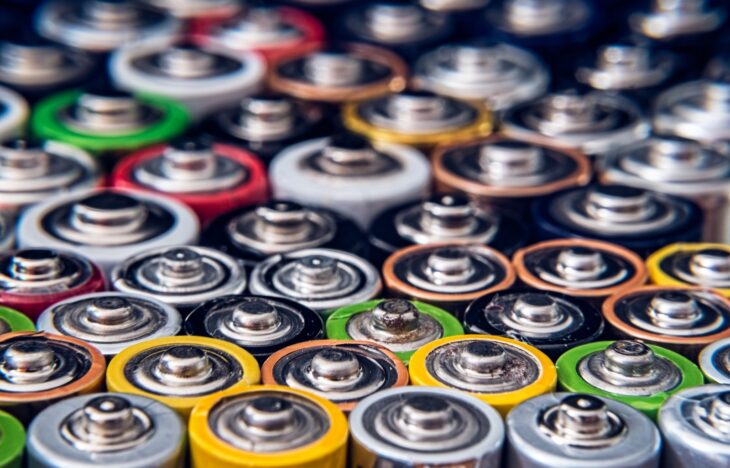Korea University presented new research that could improve the safety and viability of magnesium anode batteries, as an alternative to lithium-ion. The research team elucidated the growth behavior of magnesium using operando imaging analysis and was able to significantly suppress magnesium dendrite growth by coating the substrate with small traces of gold (Au).
Developing a Magnesium Anode Battery
Lithium-ion batteries are the most commonly used batteries — but they have issues. Commercial lithium-ion batteries are made from expensive materials, such as lithium and cobalt. In addition, battery safety is a key issue, because lithium is highly reactive with water and oxygen.
Several attempts have been made to improve the cost competitiveness and safety of secondary batteries, and magnesium metal has emerged as a suitable alternative to lithium. Magnesium is affordable due to its abundance in the earth’s crust, is environmentally friendly, and is less reactive with water and oxygen. In addition, magnesium electrodes have a high volumetric capacity of 3,833 mAh/cm3, which is higher than that of Li metal electrodes (2,093 mAh/cm3). Today, magnesium secondary batteries are seen as a promising substitute for commercialized lithium-ion batteries — thanks to their affordability, safety, and high volumetric capacity.
In general, secondary batteries with metal electrodes can be used up to their maximum theoretical capacity, but may suffer from dendritic growth at specific points in the charge/discharge process. Magnesium is known to be free of dendritic growth, making it more suitable for next-generation secondary batteries. However, some recent studies have reported the possibility of magnesium dendritic growth under certain conditions, highlighting the need to investigate such conditions and develop strategies for the effective suppression of Mg dendritic growth. Dendritic growth is the growth of dendrites in a tree-like structure and needs to be suppressed in order to increase safety in batteries.
A team of researchers within the led by Yu Seung-ho, a professor in the Department of Chemical and Biological Engineering under the College of Engineering at Korea University, has been working to address this concern. The team elucidated the mechanism of magnesium dendritic growth through electrochemical analysis, first principles calculations, and operando imaging analysis with visible light and x-rays.
During the project, small traces of gold (Au) were coated on collectors to regulate magnesium dendritic growth, with the aim of expanding the applications of magnesium metal anodes. The team was able to verify that the Au-coated collectors were able to suppress dendritic growth, even at a high current density of 10 mA/cm2.
“The proposed Au coating strategy demonstrated the vast possibilities of Mg metal batteries with high energy density,” said Prof. Yu. “The systematic analysis and dendritic growth suppression will have an impact on not only Mg metal, but also various types of next-generation metal batteries.”
The study was conducted jointly with team members Jeon Yun-seo (a master’s/PhD integrated program student) and Prof. Sung Yung-eun at Seoul National University, along with Dr. Lim Hee-dae at the Korea Institute of Science and Technology. The results of the study were published in ACS Energy Letters, a leading international journal, under the title “Operando Visualization of Morphological Evolution in Mg Metal Anode: Insight into Dendrite Suppression for Stable Mg Metal Batteries.”

